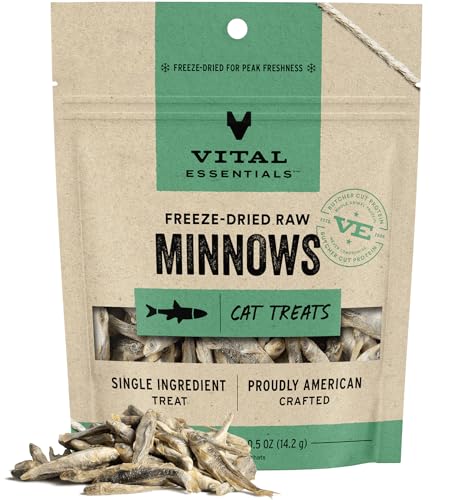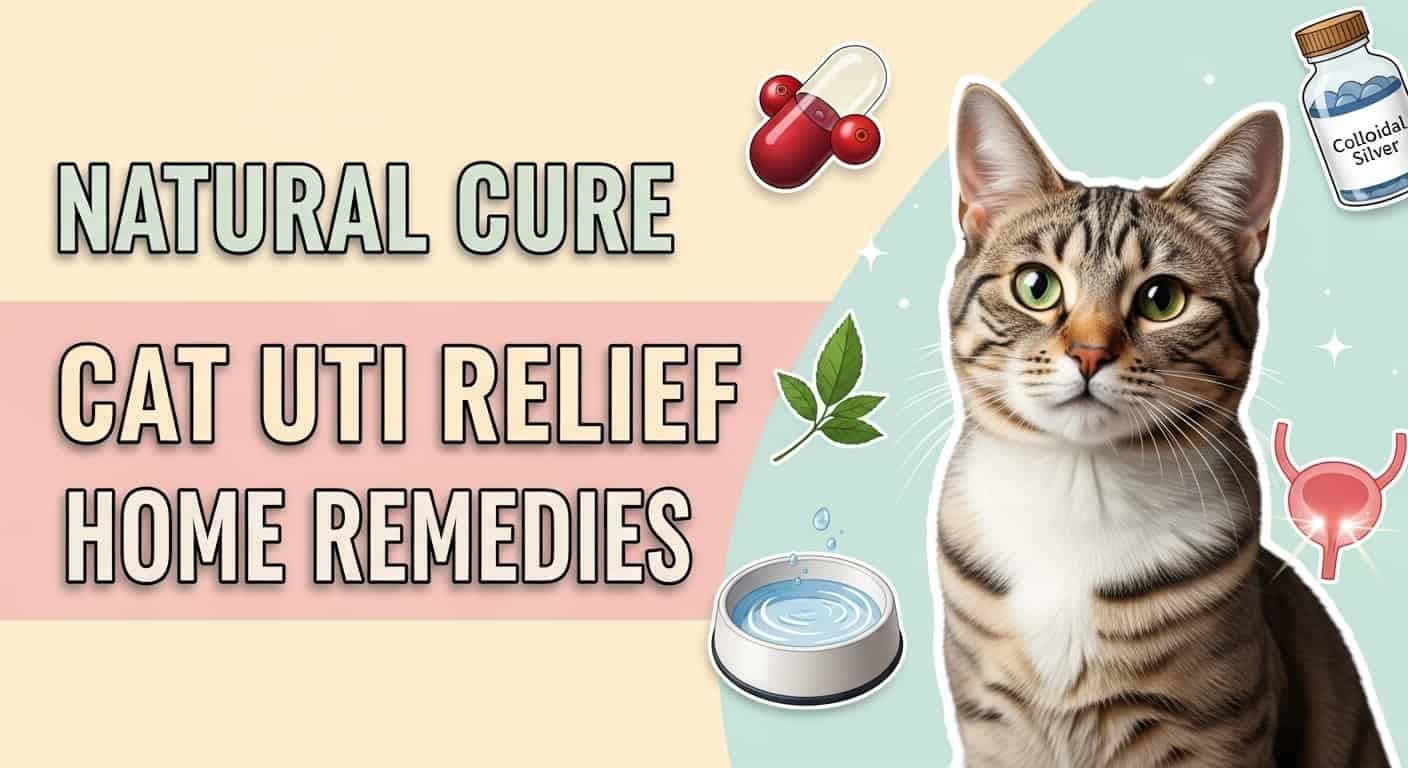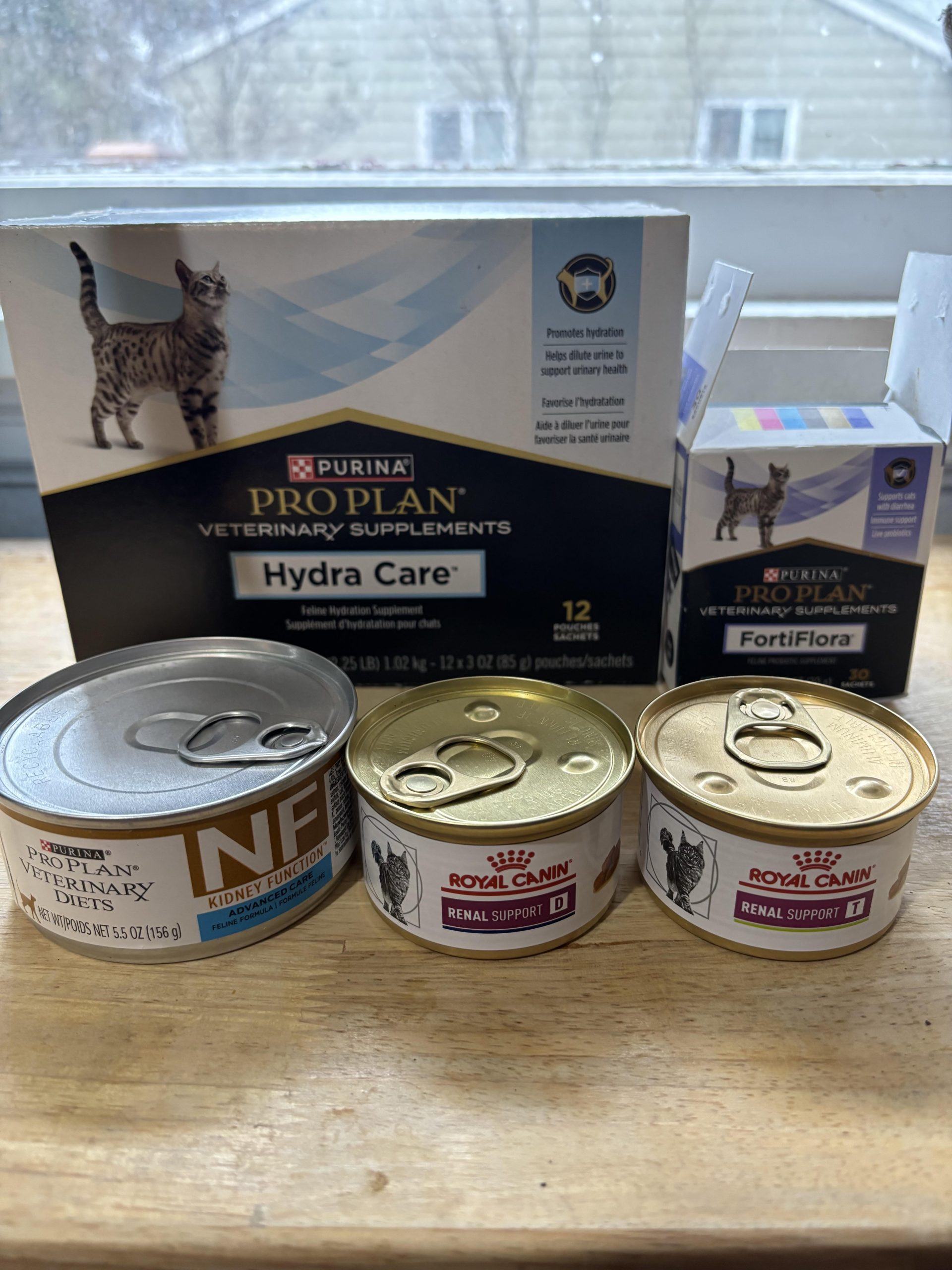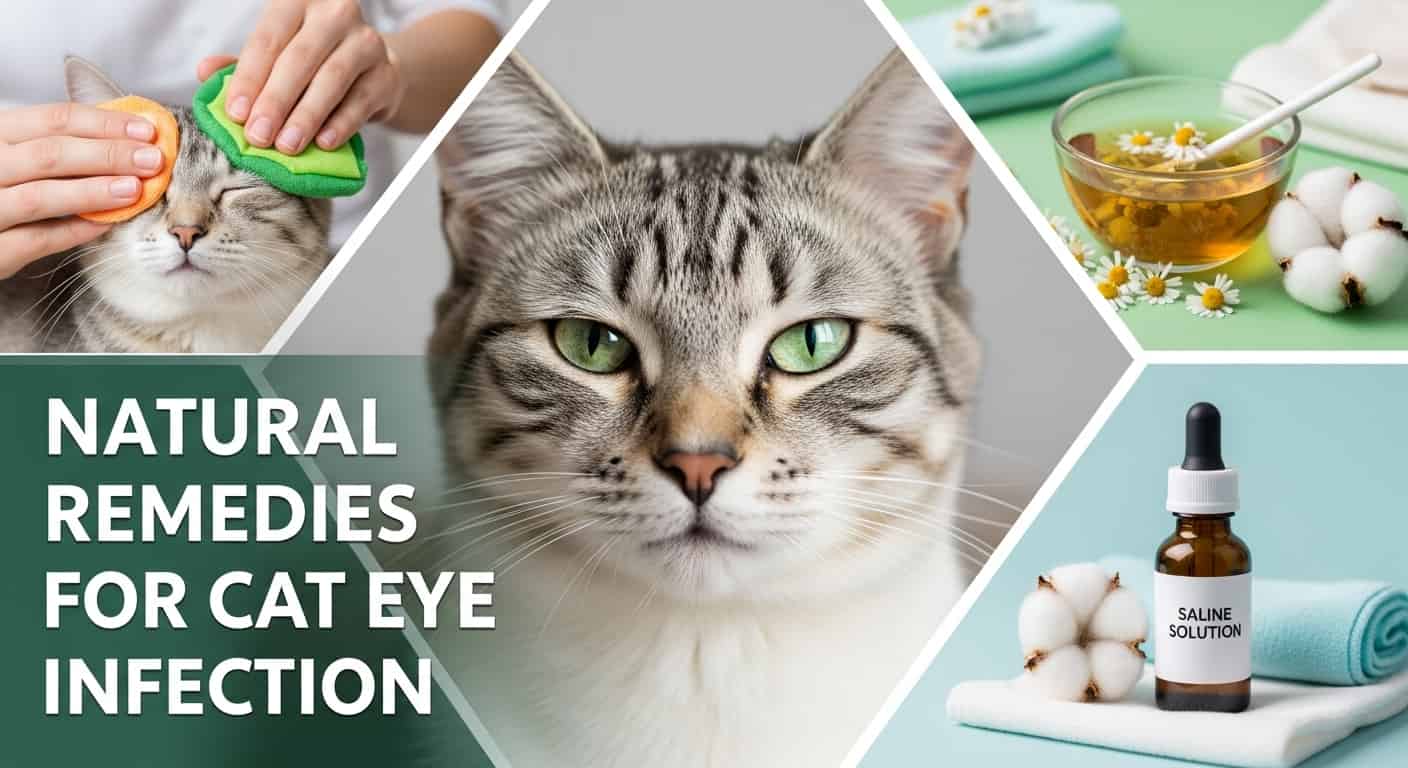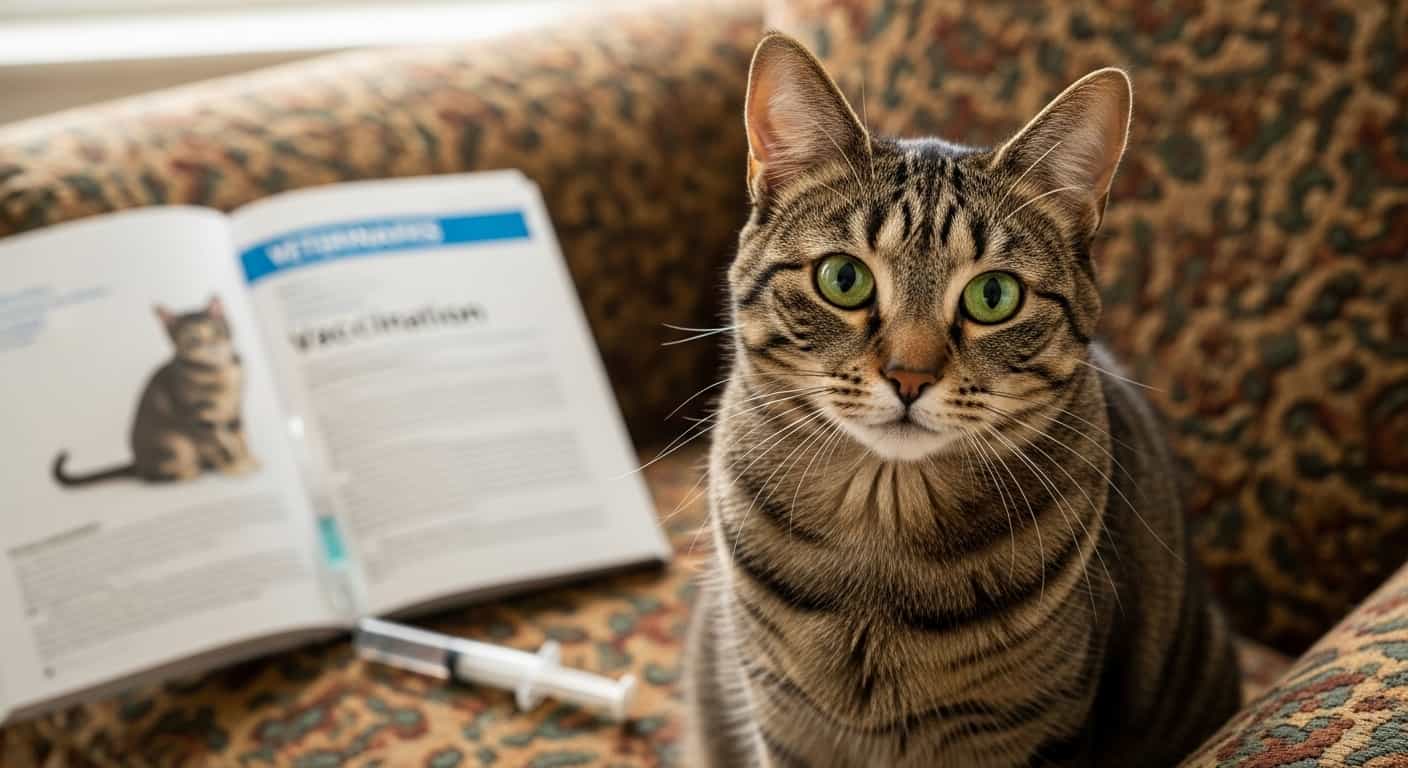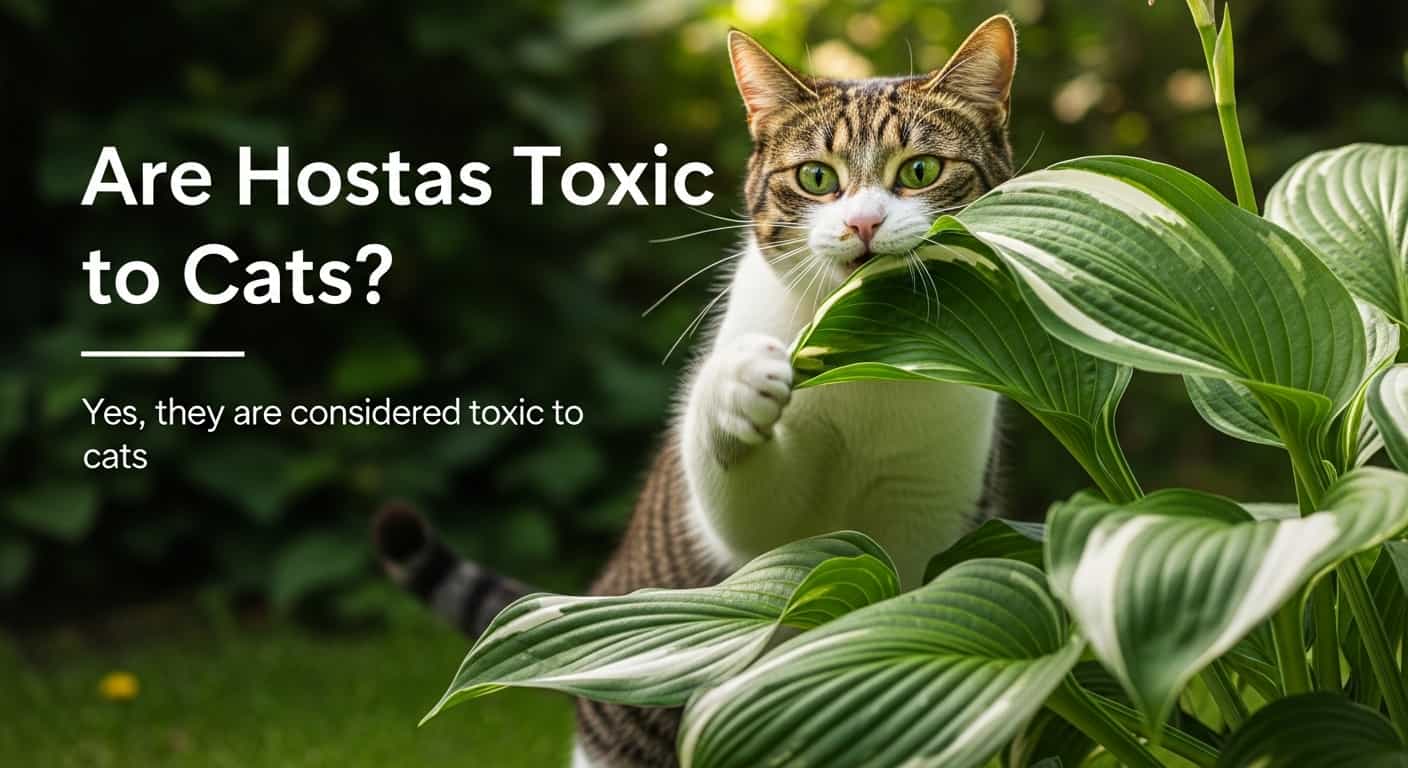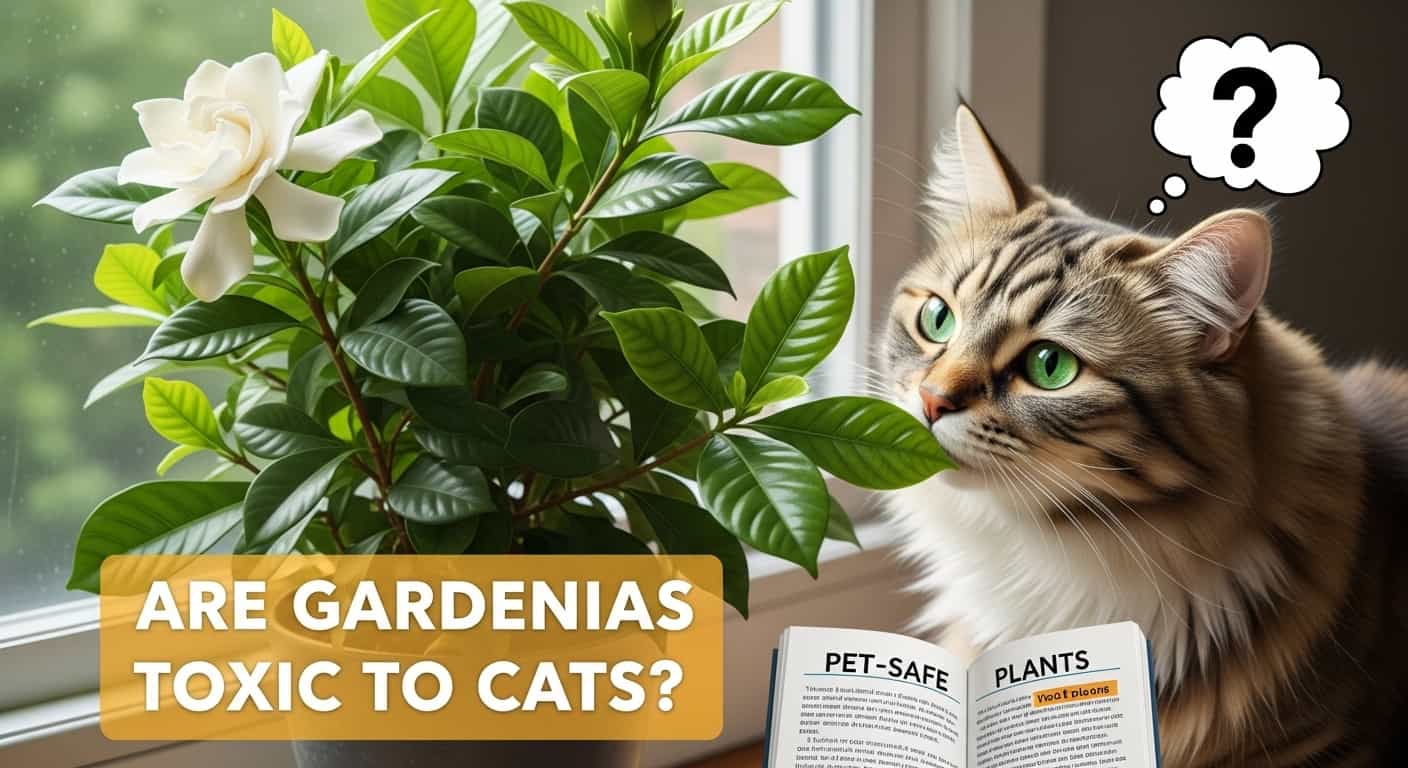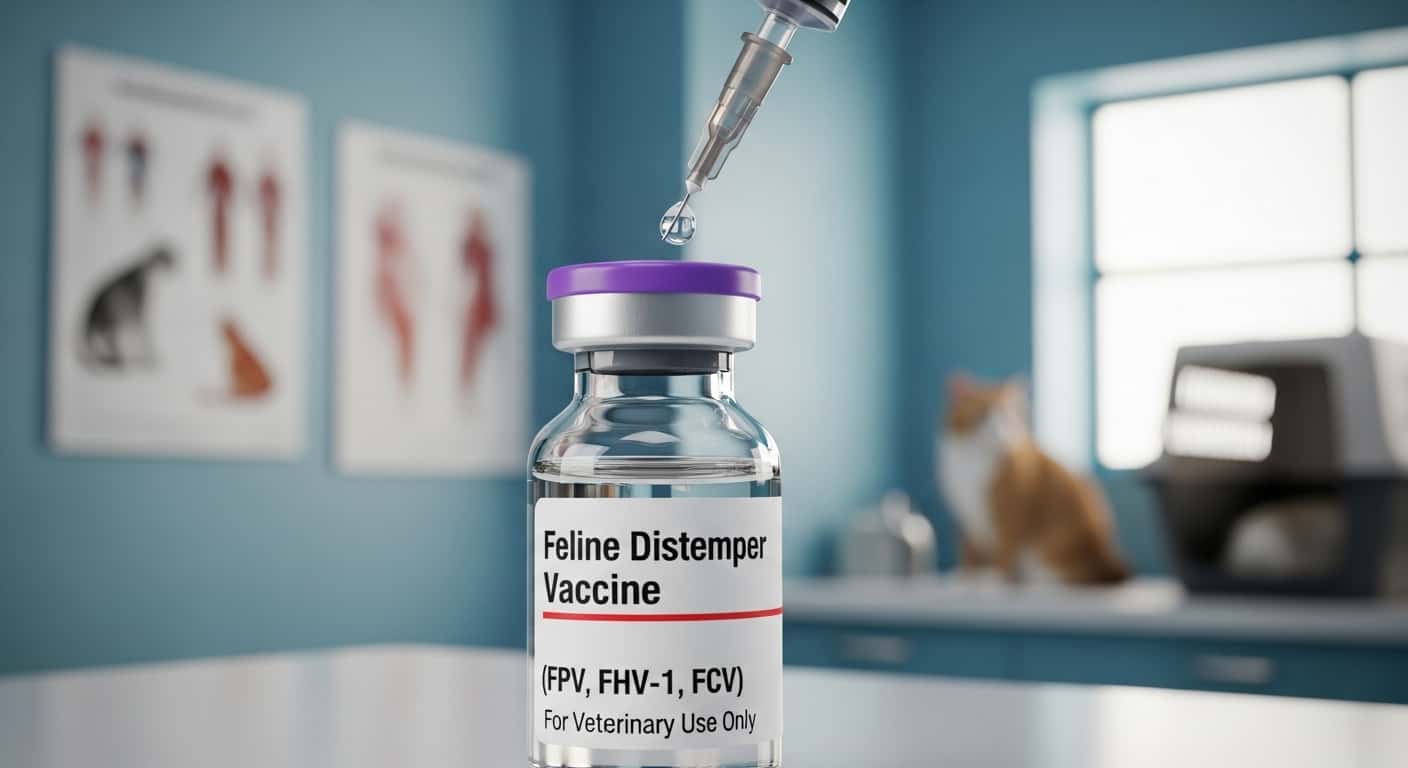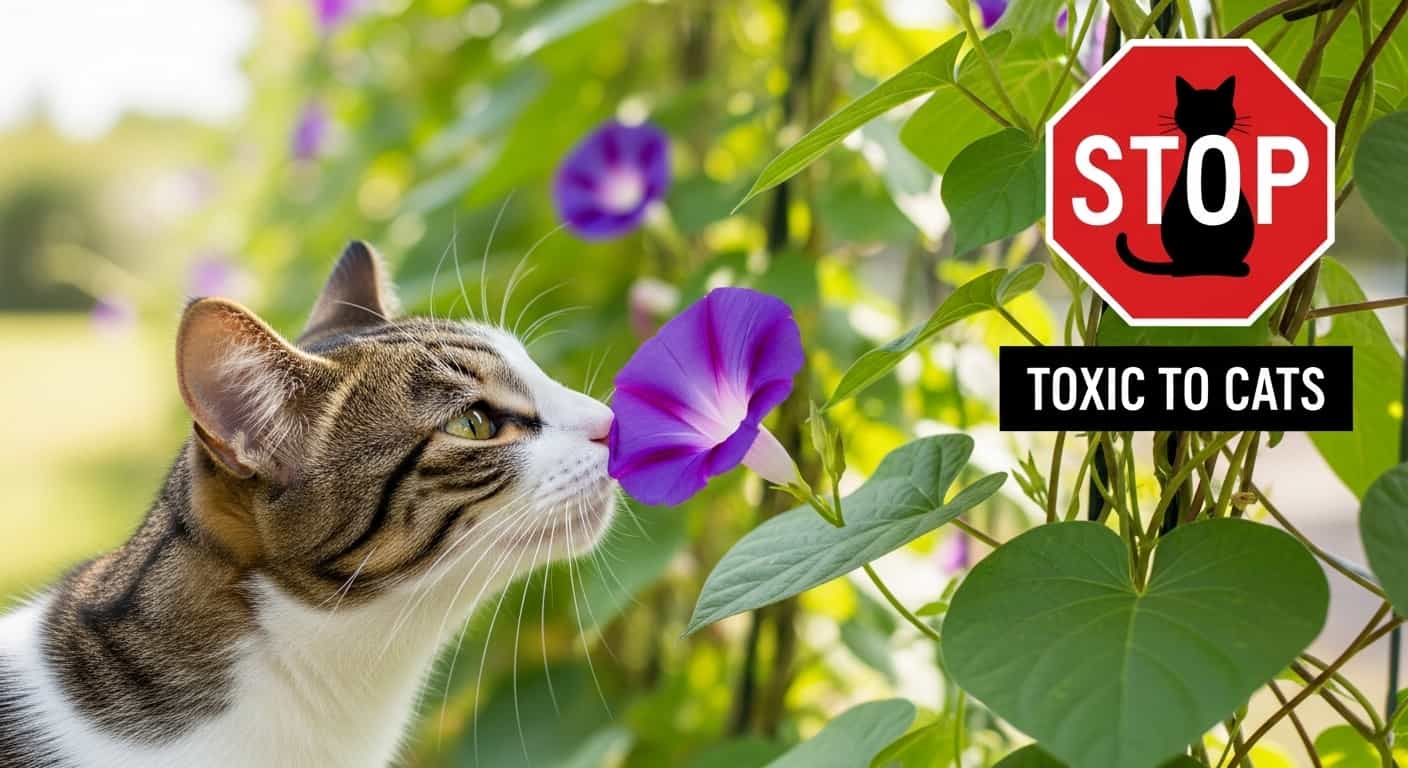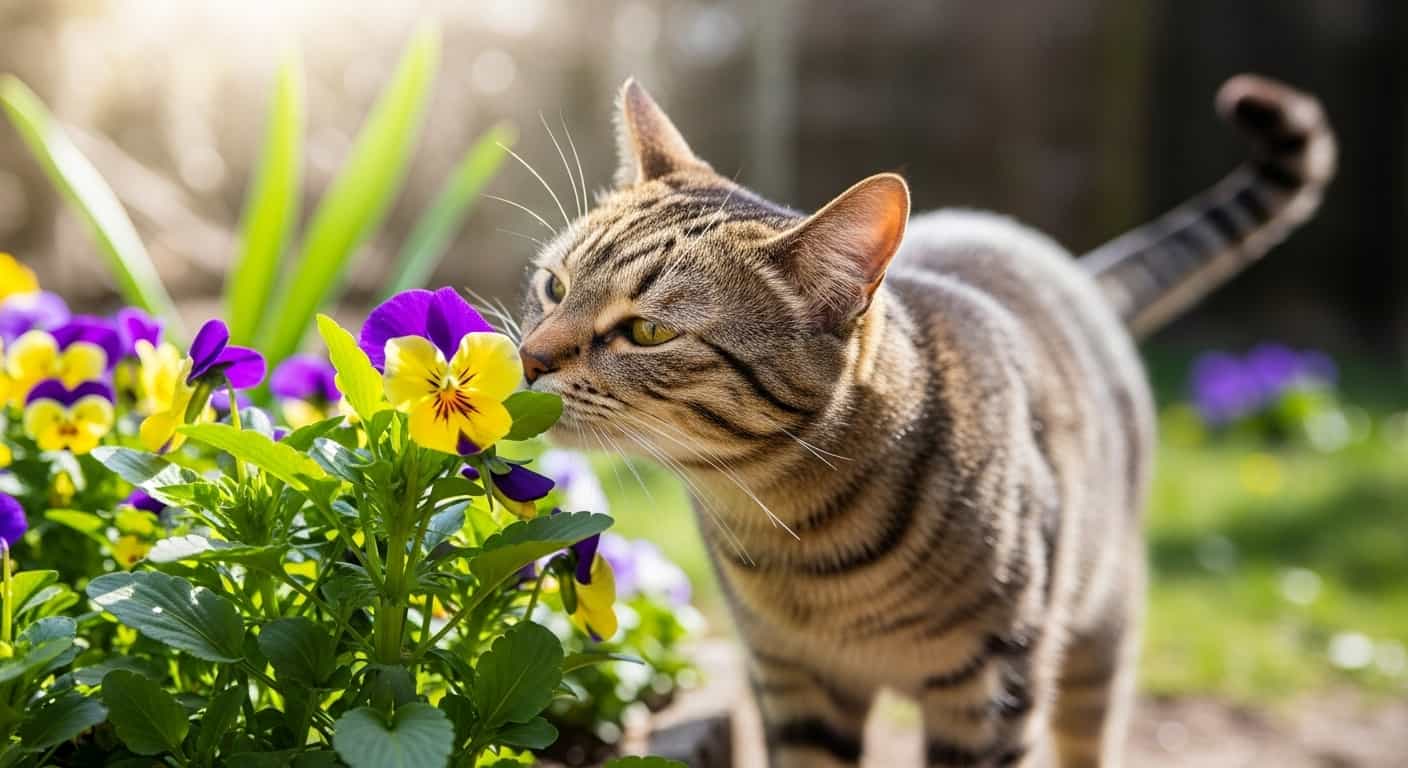Have you ever found yourself captivated by the unique beauty of pitcher plants, those intriguing carnivorous wonders that seem to belong in a science fiction novel? As a cat owner, you might be curious about how these fascinating plants could affect your feline friend.
Table of Contents
ToggleAre pitcher plants toxic to cats? It’s a question that might weigh heavily on your mind, especially if you have a curious kitty who loves to explore every corner of your home. Imagine your beloved cat sniffing around your vibrant pitcher plant, its tendrils tempting your pet to investigate further.
Would you feel a pang of worry, unsure of whether this encounter could pose a threat? You’re not alone in this concern. Understanding the relationship between pitcher plants and cats is crucial for any pet owner who cherishes both their plants and their furry companions. We’ll unravel the mystery surrounding pitcher plants and their potential toxicity to cats. We’ll provide you with clear, straightforward information so you can make informed decisions about your home environment. Stay with us to uncover the truth, and ensure the safety and happiness of your curious kitty.
Pitcher Plants And Their Nature
Pitcher plants capture attention with their unique beauty and intriguing nature. Their carnivorous behavior fascinates many, as they lure and trap insects for nutrients. While admired for their distinctiveness, questions arise about their safety around pets, especially cats.
Types Of Pitcher Plants
Several types of pitcher plants exist, each with unique features. The most common are the Sarracenia, Nepenthes, and Darlingtonia species. Sarracenia, native to North America, have tall, tubular leaves. Nepenthes, found in tropical regions, are known as monkey cups. Darlingtonia, or cobra lilies, resemble a cobra’s hood. Each type is distinct but shares a common trapping mechanism.
Natural Habitat And Characteristics
Pitcher plants thrive in nutrient-poor environments. They adapt by capturing insects for nourishment. Their natural habitats include bogs, marshes, and rainforests. These areas provide the moisture they need for survival. Their leaves form a deep cavity filled with digestive fluid. This fluid breaks down trapped insects, allowing the plant to absorb nutrients.
Understanding their nature helps assess potential risks to pets. While they are not typically toxic, ingestion might cause mild irritation. Always observe your cat’s interaction with these plants. It’s best to keep them out of reach to ensure safety.

Credit: www.carnivory.eu
Here's a related post that you might find useful. Natural Cure for Cat Bladder Infection: Effective Remedies That Work
Cats And Plant Interactions
Pitcher plants are generally non-toxic to cats, but caution is advised. Cats might be curious and nibble on these plants. Monitoring your cat’s interaction with pitcher plants can help prevent digestive upset.
Cats and plants have a curious relationship that often leaves pet owners puzzled. If you’ve ever caught your feline friend nibbling on a houseplant, you’re not alone. Understanding why cats are drawn to plants and how they interact with them can help you create a safer environment at home.Common Plant Behaviors In Cats
Cats are notorious for their quirky behaviors around plants. You might have noticed your cat swatting at leaves, chewing on stems, or even napping in your garden pots. These behaviors are not just random acts. Swatting at leaves can be a playful activity for cats. It’s a way for them to practice their hunting skills. Chewing, on the other hand, might be their attempt to aid digestion or alleviate boredom. Do you often find soil scattered around your plant pots? Cats love to dig, and it’s not just about the mess. This behavior is innate, a means to explore their environment or find a cozy resting spot.Why Cats Are Attracted To Plants
Have you ever wondered why your cat finds your greenery so irresistible? It’s not always about hunger or curiosity. Some plants emit scents that are appealing to cats, mimicking pheromones or food smells. Cats might be drawn to the texture of leaves. The crunchiness can be satisfying to chew, providing sensory pleasure. If your cat is bored, plants can become an exciting distraction, breaking the monotony of indoor life. Do you provide enough enrichment for your cat? Without toys or activities, your plants might become a stand-in for entertainment. Creating a stimulating environment with cat-friendly plants or toys can redirect this attention. Understanding these interactions can prevent potential risks. Is it time to reassess your plant choices? Knowing why your cat is attracted to plants can guide you in making safer decisions for both your feline and your home.Here's a related post that you might find useful. VET WARNING: WORST Cat Foods for Kidney Disease! STOP Feeding This Now
Toxicity Of Pitcher Plants
As a cat owner, you might be curious about the wide array of plants in your home. Pitcher plants, with their unique appearance, can be a topic of concern. Are they safe for your feline friend?
Understanding the toxicity of pitcher plants is crucial to ensure your cat’s safety. It’s important to know what makes these plants potentially harmful.
Chemical Composition
Pitcher plants contain digestive enzymes and compounds designed to break down insects. These chemicals are necessary for the plant’s survival but might not be so friendly for your pet.
The enzymes in pitcher plants can affect your cat’s stomach and skin. If your cat chews or licks the plant, it might ingest these compounds.
Have you ever noticed your cat sniffing around your plants? It might be time to pay attention to what types they are curious about.
Potential Harmful Effects On Cats
If your cat ingests pitcher plant material, the results could range from mild to severe. Symptoms may include vomiting, diarrhea, or skin irritation.
Imagine if your beloved pet starts showing these symptoms unexpectedly. Would you know what plant they might have interacted with?
Keeping pitcher plants out of reach might be a simple step to prevent these potential issues. Cats are curious by nature, and their exploration could lead them to the wrong plant.
Have you ever had to rush your cat to the vet because of a plant mishap? This is why knowing about plant toxicity is essential.
Consider creating a safe plant zone in your home. This ensures your cat can explore without any risks.
Wouldn’t you want to enjoy your beautiful plants while ensuring your cat’s safety? Being informed can make all the difference.
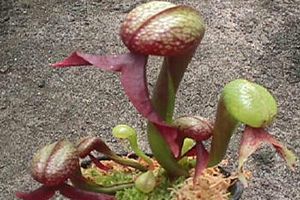
Credit: www.aspca.org
Symptoms Of Plant Poisoning In Cats
Pitcher plants are generally not toxic to cats. Yet, if ingested, they might cause mild irritation or upset. Symptoms may include drooling, vomiting, or loss of appetite. Always ensure your cat’s safety by monitoring their interaction with plants.
Cats are curious creatures, often exploring their surroundings with a keen sense of adventure. This can sometimes lead them to nibble on plants that might not be safe. If you’re a cat owner, it’s crucial to recognize the symptoms of plant poisoning. Understanding these signs can help you act quickly to ensure your feline friend’s safety.Signs To Watch For
Cats can’t tell us when they’re not feeling well, so it’s up to you to notice the subtle clues. Common signs of plant poisoning include vomiting, diarrhea, and excessive drooling. Your cat might also seem lethargic or uninterested in their usual activities. Another sign to be aware of is difficulty breathing or an increased heart rate. Check for any swelling in their mouth or throat. If your cat starts pawing at their mouth or face, it might be trying to remove something uncomfortable. Have you ever noticed your cat behaving strangely after being around plants? It might be more than just curiosity. Watching for these signs can make all the difference.Immediate Actions To Take
If you suspect your cat has ingested a toxic plant, act fast. Remove any plant material from their mouth and try to identify what they’ve eaten. This information will be helpful for your vet. Contact your veterinarian immediately for advice on the next steps. They might instruct you to bring your cat in or give specific home care instructions. Keep your vet’s contact information handy for emergencies. Consider creating a safe space in your home where your cat can explore without access to potentially harmful plants. This proactive approach can prevent future incidents and give you peace of mind. Remember, your quick response can significantly impact your cat’s recovery. Stay calm, and follow your vet’s guidance closely.Preventive Measures
Pitcher plants are not toxic to cats, but ingesting them might cause mild digestive issues. It’s wise to keep these plants out of reach to prevent any accidental nibbling. Always monitor your cat’s behavior around new plants to ensure safety.
When it comes to maintaining harmony between your love for plants and your feline friends, preventive measures are crucial. Pitcher plants, with their alluring appearance, might seem harmless, but they can pose risks to curious cats. Safeguarding your home requires thoughtful strategies that balance your botanical interests with your cat’s safety.Safe Placement Of Pitcher Plants
Placing your pitcher plants out of your cat’s reach is an effective strategy. Consider shelves or plant stands that are tall enough to deter your cat from jumping up to explore. If you have a window ledge, ensure it’s not a place your cat frequents. Another option is to use hanging planters. They not only add visual interest but keep plants safely suspended away from curious paws. Think about areas that cats naturally avoid, like spots with less sunshine or near noisy appliances. This small change can protect your plants and your pets simultaneously.Creating Cat-friendly Spaces
While managing plant safety, you can also create enticing areas for your cats. Think of spaces with climbing towers or cozy nooks with catnip toys. These spots will keep your feline friend entertained and less interested in your plants. You might also consider adding scratching posts and interactive toys near your cat’s favorite lounging area. A space dedicated to your cat’s comfort can divert attention away from the plants. Cats are creatures of habit, and by providing engaging alternatives, you can minimize their interest in exploring pitcher plants. Have you ever wondered why your cat seems drawn to certain areas more than others? Observing their behavior can offer insights into how you arrange your home. It’s a balancing act between fostering curiosity and ensuring safety, but with thoughtful planning, you can create a harmonious environment for both your plants and your pets.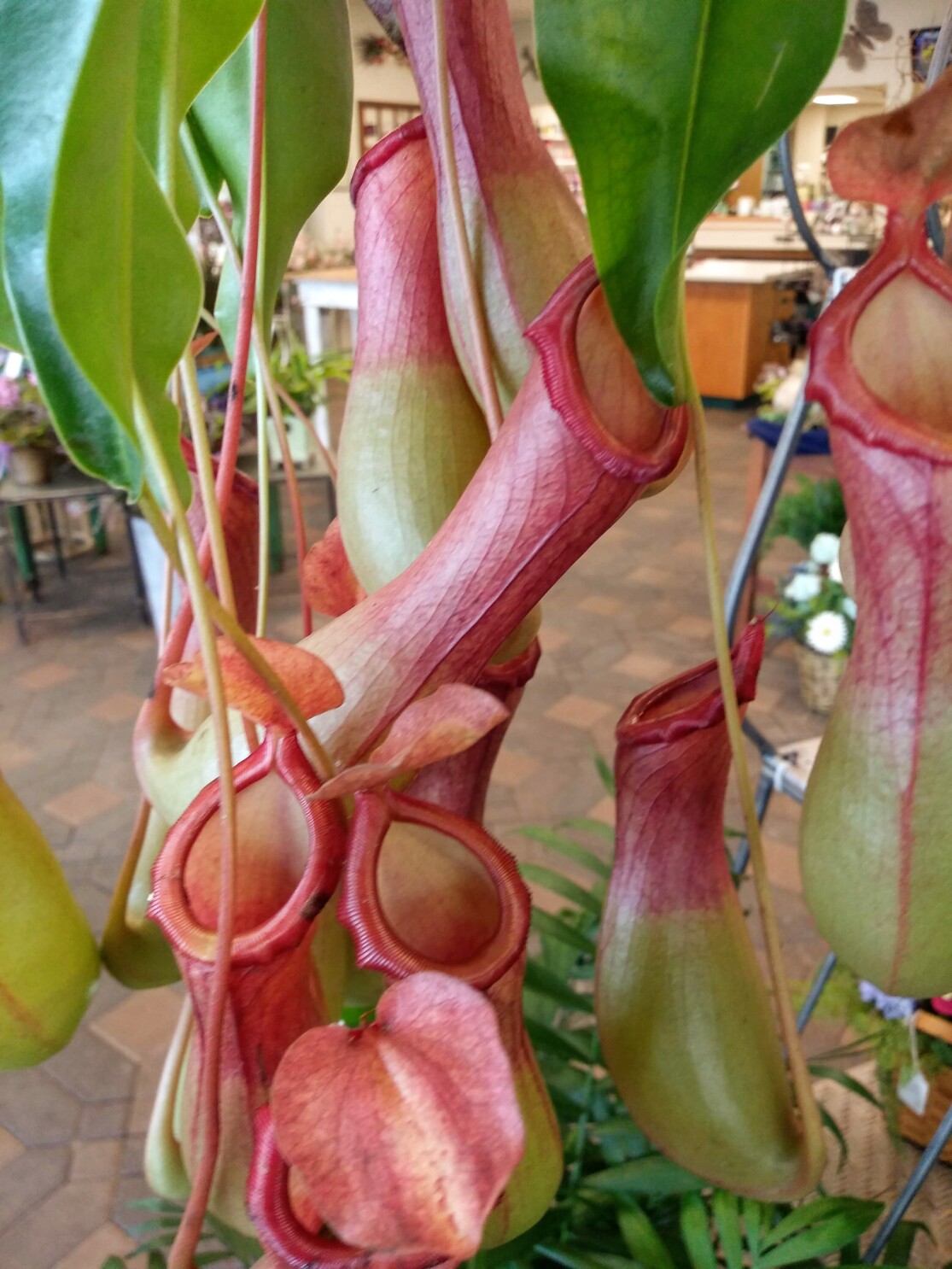
Credit: www.brainerddispatch.com
Alternatives To Pitcher Plants
Pitcher plants can be toxic to cats, causing digestive issues if ingested. Choose safer alternatives like spider plants, ferns, or bamboo palms for a pet-friendly environment. These plants beautify spaces without posing risks to curious feline friends.
If you’re a cat owner, you might feel a bit uneasy about having pitcher plants around the house. While they’re fascinating and exotic, their potential toxicity to cats can be concerning. Fortunately, there are plenty of safe and beautiful alternatives that can keep your home vibrant and cat-friendly.Non-toxic Plant Options
One great alternative to pitcher plants is the Spider Plant. Its arching leaves and tiny white flowers add a touch of elegance. Plus, it’s safe if your cat decides to nibble on it. Boston Ferns are another excellent choice. They thrive in indirect sunlight and offer lush greenery without any risk to your furry friend. Consider the Areca Palm too. Its feathery fronds create a tropical feel, and it’s completely non-toxic to cats. If you want something with a pop of color, the African Violet is perfect. With its vibrant blooms, you can enjoy a splash of color that won’t harm your pet.Benefits Of Safe Plants
Safe plants like these offer peace of mind. You won’t have to constantly worry about what your cat is munching on. They also enhance your home’s air quality. Many houseplants are known to purify the air, making your space healthier for both you and your pet. Moreover, these plants are often easier to care for. You get the aesthetic and health benefits without the stress of maintaining a high-maintenance plant. Imagine a home where your plants and pets coexist harmoniously. Isn’t that the ultimate goal for any pet-loving plant enthusiast? Choosing non-toxic plants is a proactive step in ensuring your cat’s safety. Have you found a favorite plant that’s both safe and beautiful?Consulting A Vet
Wondering about the safety of pitcher plants for cats? Consult a vet to ensure your pet’s well-being. These plants may contain substances harmful to feline friends, so professional advice is crucial. Keep your cat safe and informed by seeking expert guidance.
Consulting a vet is crucial if you suspect your cat has had contact with a pitcher plant. While these plants are generally not toxic to cats, individual reactions can vary. A professional can provide peace of mind and ensure your furry friend’s health isn’t compromised.When To Seek Professional Help
If your cat shows unusual symptoms like vomiting, drooling, or lethargy after being around a pitcher plant, it’s time to consult a vet. Cats are curious creatures, and their antics can sometimes lead to unexpected consequences. Acting quickly can prevent minor issues from escalating into major health concerns.Veterinary Advice And Treatments
Once at the vet, they might perform a physical exam to assess your cat’s condition. Depending on the symptoms, the vet may suggest treatments like administering fluids to prevent dehydration or activated charcoal to absorb potential toxins. They might also advise you on how to prevent future incidents. This could include keeping plants out of reach or choosing cat-friendly plants for your home. Have you ever had to consult a vet because of a household plant? Your experience might help others in similar situations. Sharing insights could be the difference between a small hiccup and a serious health issue for someone else’s pet. Taking these steps not only safeguards your cat but also strengthens the bond between you and your pet. It shows your commitment to their well-being and helps you learn more about their needs and behaviors.Frequently Asked Questions
Are Pitcher Plants Safe For Cats?
Pitcher plants can be harmful to cats if ingested. While not deadly, they may cause stomach upset or irritation. It’s best to keep these plants out of your cat’s reach to prevent any potential issues. Always consult a vet if your cat shows symptoms after contact.
What Symptoms Do Cats Show After Ingesting Pitcher Plants?
Cats may exhibit symptoms like vomiting, drooling, or lack of appetite after ingesting pitcher plants. These symptoms indicate gastrointestinal upset or irritation. If your cat shows any of these signs, it’s important to consult your veterinarian for advice and appropriate treatment.
How To Prevent Cats From Eating Pitcher Plants?
To prevent cats from eating pitcher plants, place them in inaccessible areas. Hanging planters or high shelves work best. You can also use deterrent sprays designed for pets. Regularly monitoring your cat’s activities around plants is crucial for their safety.
Are All Parts Of Pitcher Plants Toxic To Cats?
Yes, all parts of pitcher plants can potentially irritate cats. The digestive enzymes in the plant are particularly concerning. Cats may experience gastrointestinal discomfort if any part is ingested. Always ensure plants are out of reach to avoid any accidental ingestion.
Conclusion
Pitcher plants can pose risks to curious cats. Their digestive fluids may irritate. Always keep pitcher plants out of reach. Cats explore with noses and paws. These plants might cause mild discomfort. It’s best to choose cat-friendly plants. Keep your feline friend safe.
Curious cats need safe spaces. Check with a vet if unsure. Prevention is better than cure. Watch your pet around new plants. Safety first for your furry companion.



